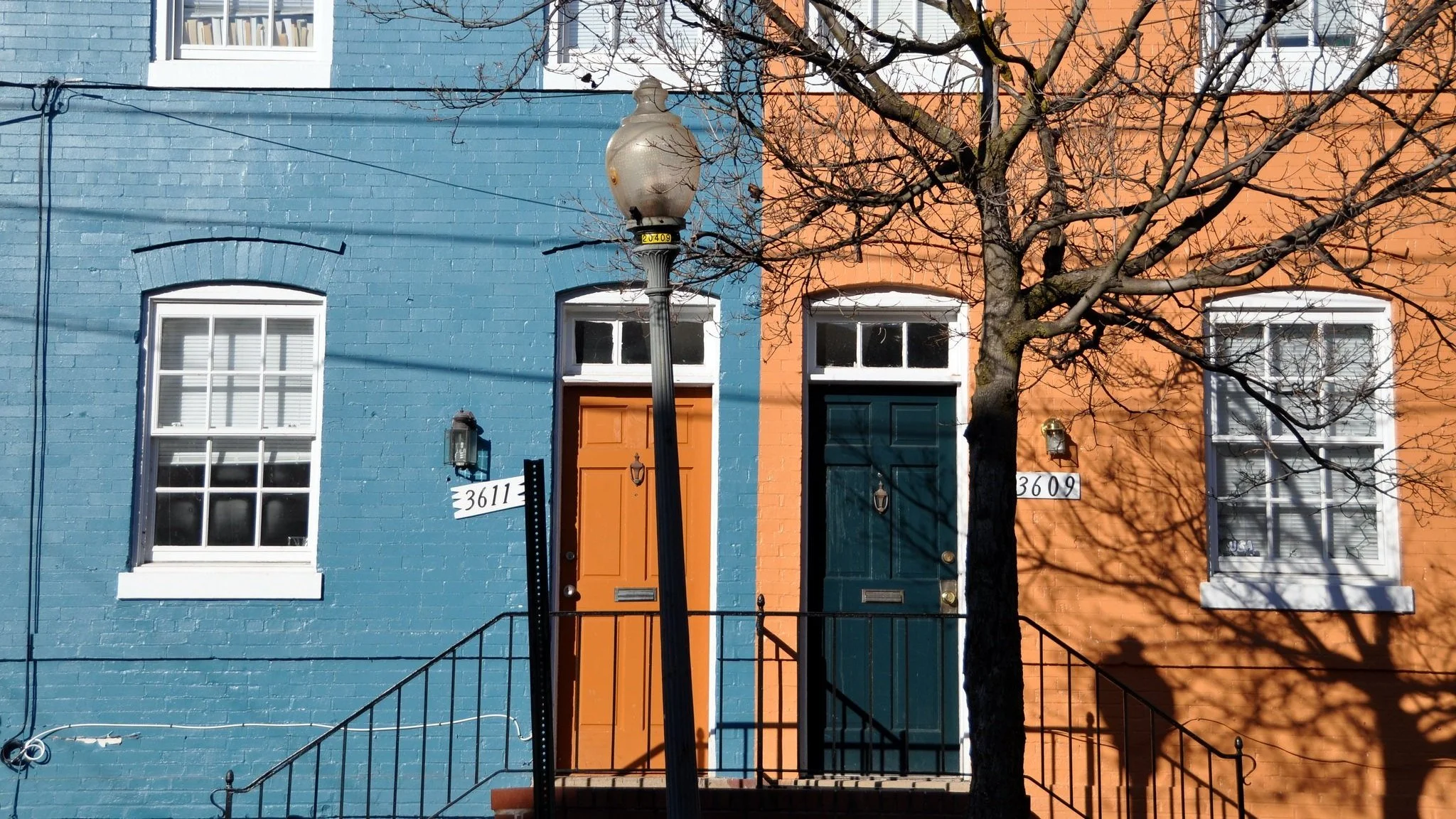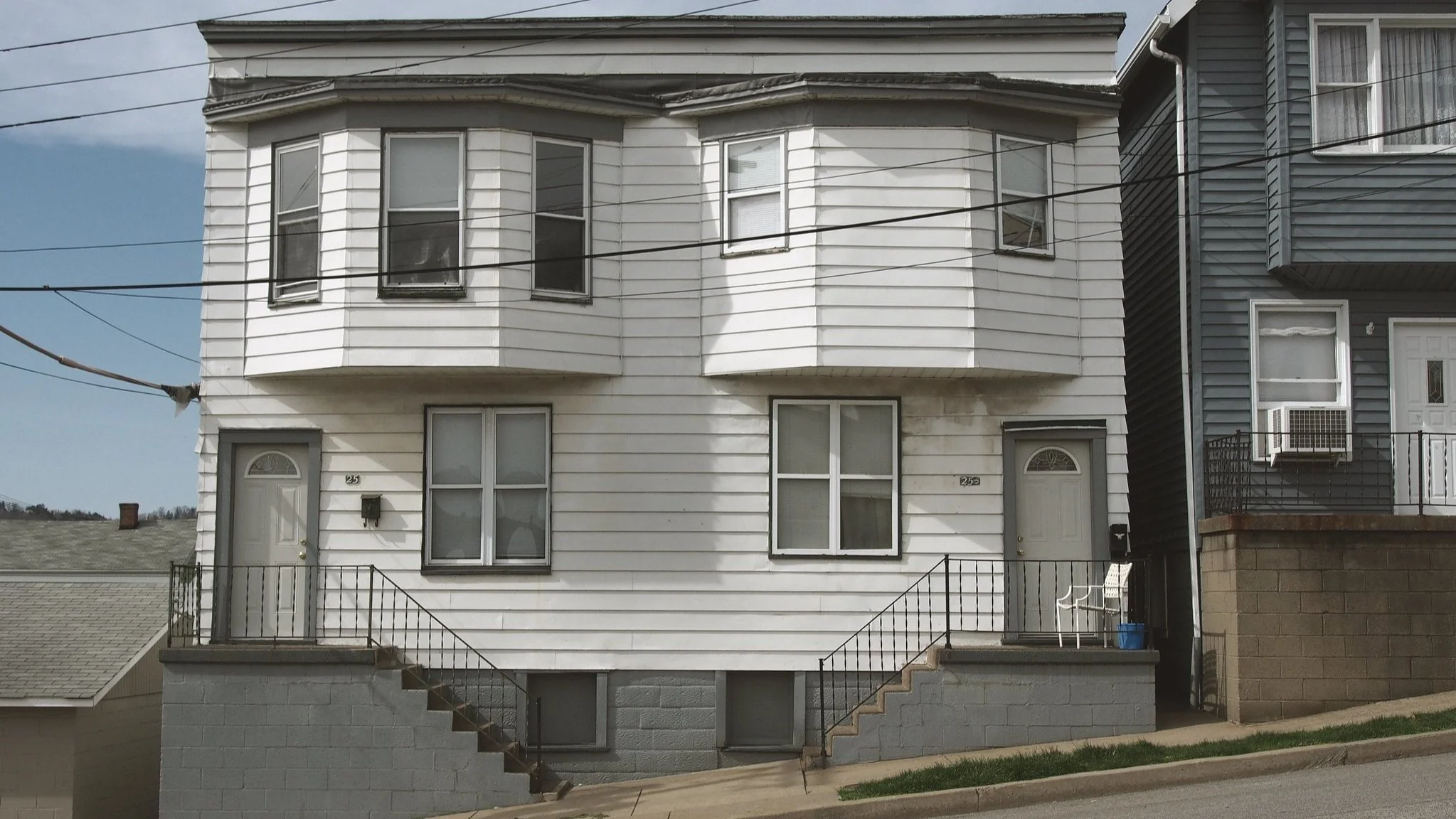The Duplex Next Door Is Normal. The One Not Yet Built Is a Threat.
(Source: Flickr.)
Who opposes changing local rules to allow new housing, and what are their motivations?
Ideologues tend to assume everyone else is an ideologue. Those who spend a lot of time thinking about an issue as advocates or partisans also tend to think others' views are a lot more internally consistent and rigid than they actually are.
Those people look at resistance to even the smallest residential zoning reforms—like allowing accessory dwelling units or 2-, 3-, and 4-plexes—and conclude, "Wow, a whole lot of Americans are just really committed to the ideological project of single-family homes in static, exclusionary neighborhoods with few to no renters." It doesn’t help that those people do exist (the arch-“NIMBY”s of every community) and they’re loud.
In truth, though, I don’t think the primary obstacle to zoning reform in many communities is NIMBYism. Ideologically (or professionally) committed development opponents exist, but they don’t represent majority public opinion, likely can’t be convinced to support any new housing anyway, and aren’t worth the effort to try to persuade. Easier to outvote them.
The more interesting question is who is persuadable but currently not on board with zoning reform. And what are their sticking points? In communities like mine (largely suburban in form and politically dominated by older homeowners) I find it’s something less ideological and more just-plain-human: loss aversion and status quo bias.
The Duplex Next Door Versus the One Not Yet Built
One recent conversation I had, with a few politically and civically involved fellow residents of my city, is emblematic of this. I wasn't actually there with my writer hat on. I was there to talk about missing middle housing, as a resident interested in seeing us move forward on legalizing it here. But I came out with an observation that feels worth sharing. I told the people in the room at the time that I thought it was significant, as well.
The first half of the conversation really hinged on "What could happen?" concerns about legalizing missing-middle homes, such as duplexes or fourplexes on single lots. The concerns raised ran the gamut of usual ones, from reasonable to (in my opinion) overblown:
What if this invites a flood of investor activity that prices local residents out of homeownership?
What if it results in the demolition of currently affordable homes?
What if it is taken advantage of primarily by Airbnb operators?
What if the new homes are ugly and degrade neighborhood appeal?
What if they are insufficiently affordable?
I heard some more and less byzantine remedies suggested for preempting these problems, from affordability requirements, to deed restrictions requiring that the tenant be employed locally. There was a general sentiment that we shouldn’t change our residential zoning without building in careful protections to manage the risks.
It can be difficult to make progress when divisions dominate.
Thankfully, with the right approach, it’s still possible to have a productive conversation. Find out how on our 2022 Local-Motive Tour.
Then, something interesting happened. The man sitting to my left launched into an anecdote about his childhood in Massachusetts. In words, he painted a vivid portrait of the block he grew up on: duplex here, triple-decker there, small grocery store there, a single-family home, another triple-decker, a restaurant with an apartment upstairs. A mix of middle- and working-class neighbors, owners and renters.
Another attendee chimed in with a similar experience. Then, one of the people in the room who had seemed the most skeptical about any zoning reform revealed that her family had owned a triple-decker, and that the ability to do so and earn a bit of rental income had been key to their affording homeownership.
The conversation then went back to the prospect of a future zoning change, and although I'd like to report that everyone had had their big missing-middle-is-normal-actually epiphany, the truth is that nobody's stance moved much, if at all, and before long the last person I mentioned, whose family owned a triplex, was once again saying, "I'm not opposed to allowing some missing middle housing, but it needs to be tightly, tightly regulated to prevent abuses."
Loss Aversion
Here's the takeaway. The people in this room, almost to a person, spoke of the historic pattern of varied housing, with which they had firsthand experience, in terms of opportunity. But they spoke of the prospect of re-legalizing this same pattern in terms of risk.
What is at the root of this disconnect? It's not reducible to NIMBYism. These people were not NIMBYs exactly, though our reductive housing discourse would have swiftly labeled them such for any of a dozen things said in that room.
The bigger issue here is loss aversion. This is a basic human tendency. Most people would forgo the opportunity to win $50 in favor of a guarantee that they will not lose $50. We prioritize preserving the things we already have, a sensible and adaptive trait in many circumstances. In the context of our built environment, what this means is that most people, but particularly those whose own housing situation is already secure, instinctively take a small-c conservative attitude toward change.
The hyper-ordered nature of modern development—done at scale, to a finished state, by professional developers who are rarely our neighbors themselves—has supercharged this risk-averse tendency. Many Americans have come to relate to cities as consumers instead of citizens. We have little sense of personal agency in the changes that happen around us. The city is a product that is built and sold to us, and we have little choice but to buy what they’re selling.
Because of that, many of our neighbors have lost whatever trust they might once have had that good things will result from allowing a little disorder, a little uncertainty, back into their environment. I don't believe that trust can be gained by answering a laundry list of specific concerns. (“Allow more housing but regulate w, x, y, and z about it.”) Those concerns are manifestations of a more gut-level, less rational discomfort. This needs to be addressed at a cultural and psychological level.
(Source: Flickr.)
Totally Ordinary
For this reason, when I talk about housing reform, I try to push back against the tendency to anchor our sense of normal to the current status quo. The current status quo—monocultural neighborhoods of orderly rows of homes, all at about the same price point, which don’t evolve into anything else over time—is not some state of nature or neutral condition. It’s actually a pretty recent and radical experiment, in the grand scheme of things.
The status quo is also a policy choice, with costs and risks of its own. There are already speculators. There is already displacement. There is already unaffordability. We must measure the risks of change against those harms already being visited on our neighbors.
If you want to change those minds which are changeable, nudge people to anchor to the totally ordinary experiences they have already had with housing that don’t fit neatly into a single-family box with a picket fence. Most of us have these experiences to draw on. I wrote the following paragraphs in 2019 about my own experience with missing middle housing, and they're worth sharing again:
When I was born, my parents lived in a duplex, in a neighborhood that isn't supposed to have any duplexes. You can look at the zoning map: "R4—One-Family Residential." And yet there we were, our home legally nonconforming in planner-speak that evokes the way a 1950s sociologist might have written about "social deviants": a young couple and a newborn saving up some money to buy a home while renting the upstairs unit from my aunt, who owned the house and lived downstairs (and provided no shortage of free child care). It was the perfect stepping stone for us for a while. For much longer than that, it remained the perfect home and investment vehicle for my aunt, and home for her best friend, who replaced my parents as her tenant.
We moved later to a single-family house with a nice big yard, next door to another duplex that would also be illegal to build today, but that is also grandfathered in because it was built before the prohibition took effect. I grew up next door to a succession of tenants, most of them nice people, that included families with kids my age; working-class roommates sharing the space to make ends meet; and young professional couples not quite ready to buy that starter home. Another duplex down the street was home to multiple generations of one family.
My neighborhood was safe, quiet, had highly-rated schools, and a great regional park with a zoo. Some of those people who were my neighbors could never have afforded the ante of buying a home there, but they could rent—in homes that would be illegal to build today.
These were living arrangements that enriched lives. That they were possible made the whole community better off.
It never occurred to me until I was in college that the duplex next door, or the one my aunt owned and that my parents lived in, would not have been allowed in that neighborhood. And I’m someone who took an interest in how cities are planned and designed. So I'm willing to bet very few of my neighbors knew that either of those buildings was a nonconforming structure. They just were. They were as part of the neighborhood as any of our houses, and no more objectionable.
But they didn’t get that way through immaculate conception. At some point, we had a process that allowed them to be created. And that process produced neighborhoods that were a bit messy, sometimes unpredictable, imperfect, but in service of becoming resilient and high-quality places.
Although living situations that have been part of my life—upstairs from my aunt, or renting a backyard cottage from a retiree—were nonconforming according to the zoning code, I believe that they are viewed by a large majority of Americans today as neither socially deviant nor undesirable. And furthermore, that this includes most of the people you and I have been told are "the NIMBYs" in my community, and yours.
I believe this is the best case to make to the persuadable yet conflicted majority—a number which includes many city councilors and local opinion leaders. We all have lives that don’t fit in a box, and our built environment shouldn’t fit in one, either. But we’ve been forcing it into a box for so long that to change now will mean we need to re-learn to tolerate some uncertainty, and resist the impulse to regulate it out of existence.




Daniel Herriges has been a regular contributor to Strong Towns since 2015 and is a founding member of the Strong Towns movement. He is the co-author of Escaping the Housing Trap: The Strong Towns Response to the Housing Crisis, with Charles Marohn. Daniel now works as the Policy Director at the Parking Reform Network, an organization which seeks to accelerate the reform of harmful parking policies by educating the public about these policies and serving as a connecting hub for advocates and policy makers. Daniel’s work reflects a lifelong fascination with cities and how they work. When he’s not perusing maps (for work or pleasure), he can be found exploring out-of-the-way neighborhoods on foot or bicycle. Daniel has lived in Northern California and Southwest Florida, and he now resides back in his hometown of St. Paul, Minnesota, along with his wife and two children. Daniel has a Masters in Urban and Regional Planning from the University of Minnesota.